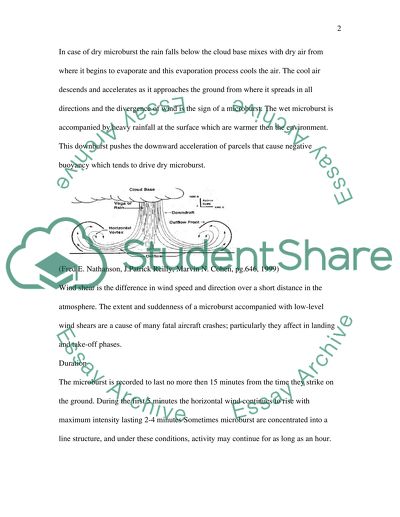Cite this document
(“The Effects of Microburst on Small Aircraft Research Paper”, n.d.)
Retrieved from https://studentshare.org/miscellaneous/1525005-the-effects-of-microburst-on-small-aircraft
Retrieved from https://studentshare.org/miscellaneous/1525005-the-effects-of-microburst-on-small-aircraft
(The Effects of Microburst on Small Aircraft Research Paper)
https://studentshare.org/miscellaneous/1525005-the-effects-of-microburst-on-small-aircraft.
https://studentshare.org/miscellaneous/1525005-the-effects-of-microburst-on-small-aircraft.
“The Effects of Microburst on Small Aircraft Research Paper”, n.d. https://studentshare.org/miscellaneous/1525005-the-effects-of-microburst-on-small-aircraft.


